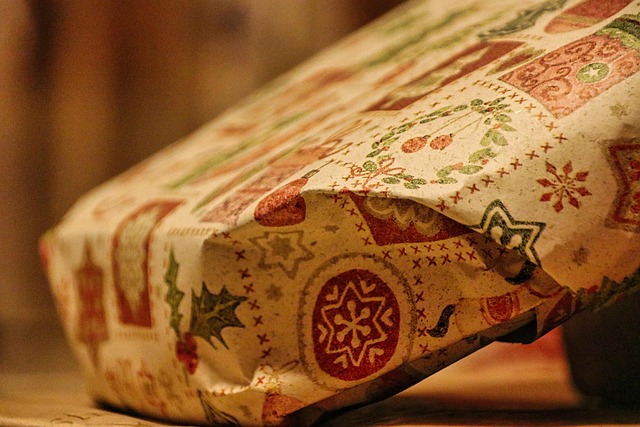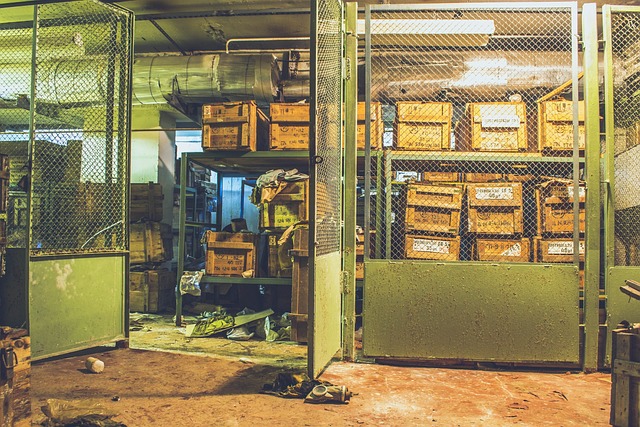Mastering Studio Flash Lighting: Tips for Capturing the Perfect Shot
In the world of photography, the mastery of studio flash lighting can be the difference between a good image and an extraordinary one. The enchanting glow of studio flash can transform a mundane setting into a captivating visual narrative, evoking emotions and drawing viewers into the story behind the lens. Whether you’re a budding photographer or an experienced artist looking to refine your skills, understanding studio flash lighting is essential in your journey to capturing the perfect shot.
Understanding Studio Flash
At its core, studio flash is more than just artificial light; it’s a tool that allows you to sculpt the atmosphere of your images. Unlike continuous lighting, which can be hard to control, studio flash provides a powerful and instant burst of illumination, enabling you to freeze motion with precision and highlight details that could otherwise go unnoticed. By mastering this art form, you not only illuminate your subject but also set the mood and tone of your photography.
Embrace the Art of Lighting Ratios
One of the fundamental aspects of using studio flash effectively is understanding lighting ratios. This concept revolves around the balance of light falling on your subject and the ambient light in the setting. By manipulating these ratios, you can create drama or soften the scene, shaping the emotional response of your viewers. Experimenting with different ratios among your flash sources will help you find the perfect combination that resonates with the theme of your shoot.
Positioning and Angling Your Flash
The position and angle of your studio flash can dramatically alter the final outcome of your shot. A light placed directly in front of your subject can result in flat images lacking depth, while sidelight or backlight creates textures and highlights that add dimension. Consider the story you want to tell with your image; adjusting your flash to mimic natural sunlight or create striking shadows can heighten the feeling of intimacy or drama.
Choosing the Right Modifiers
Modifiers are your best friends when it comes to studio flash photography. Softboxes, umbrellas, and grids can diffuse or direct light to achieve the desired effect. Softboxes, for example, allow for a graceful spread of light, perfect for portraiture. On the other hand, hard light from a grid can give you a very different, more dramatic look. Your choice of modifier should align with the emotions you want your images to convey. Don’t be afraid to experiment until you find what feels right!
Mastering Color Temperature
The color temperature of your studio flash can affect the entire mood of your photograph. Typically, studio flashes have a daylight color temperature, but modifying this with gels can offer unique creative possibilities. Warm tones invoke feelings of nostalgia and warmth, whereas cooler tones might impart a more modern or sterile vibe. Be mindful of how color impacts the emotional storytelling in your photography.
Practice, Observe, and Learn
As with any art form, practice is invaluable. Spend time experimenting with different flash setups, angles, and themes. Observe the work of seasoned photographers, study their use of studio flash, and apply their techniques to your practice. Each session in your studio is an opportunity to grow your skillset and refine your creative vision.
Photography is not just about the shot; it’s about the experience, the emotions, and the story that unfolds within the frame. By mastering studio flash and immersing yourself in its nuances, you’ll find yourself better equipped to capture the magic that lies in each moment, transforming your photography into a captivating art form.


